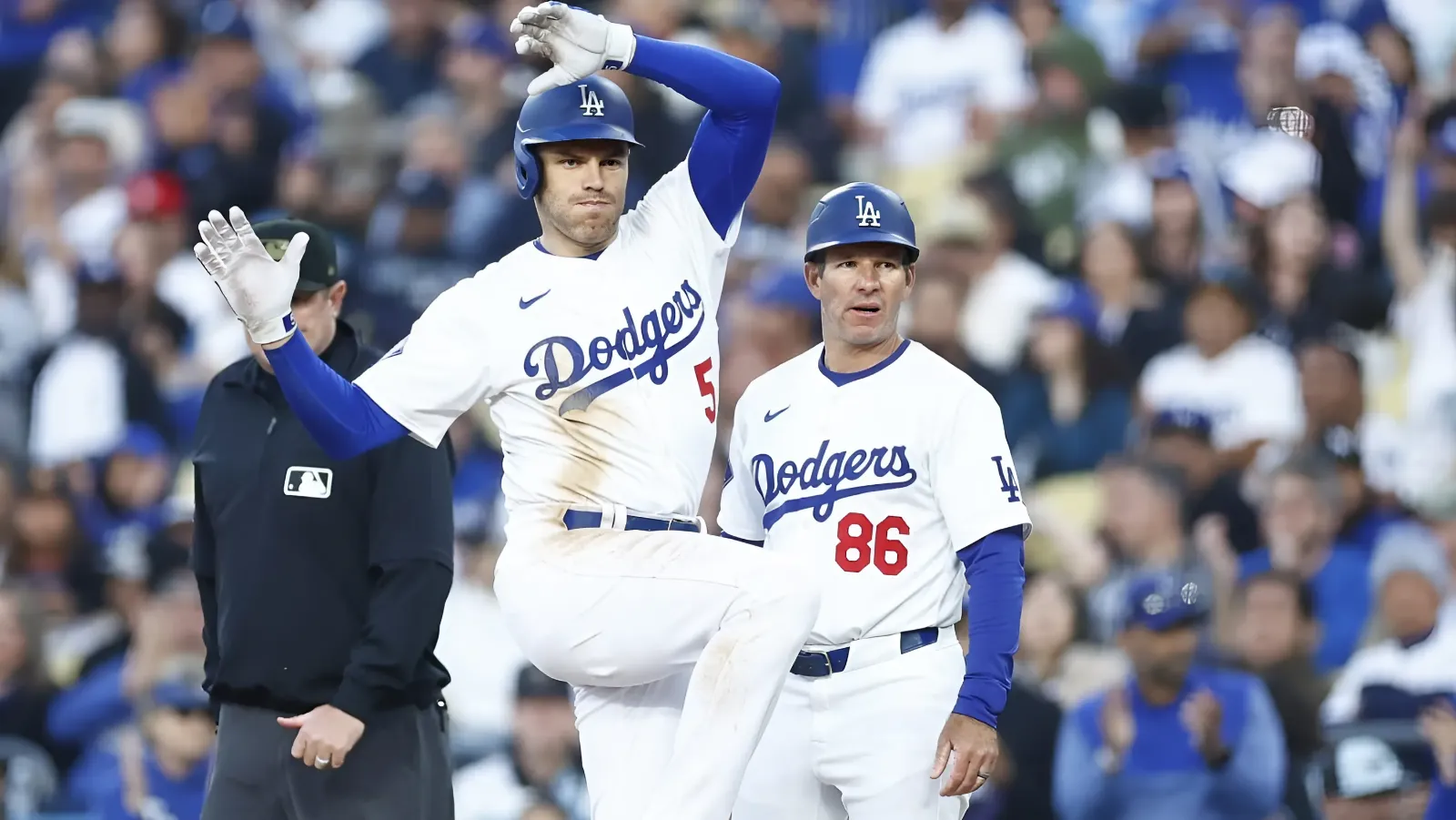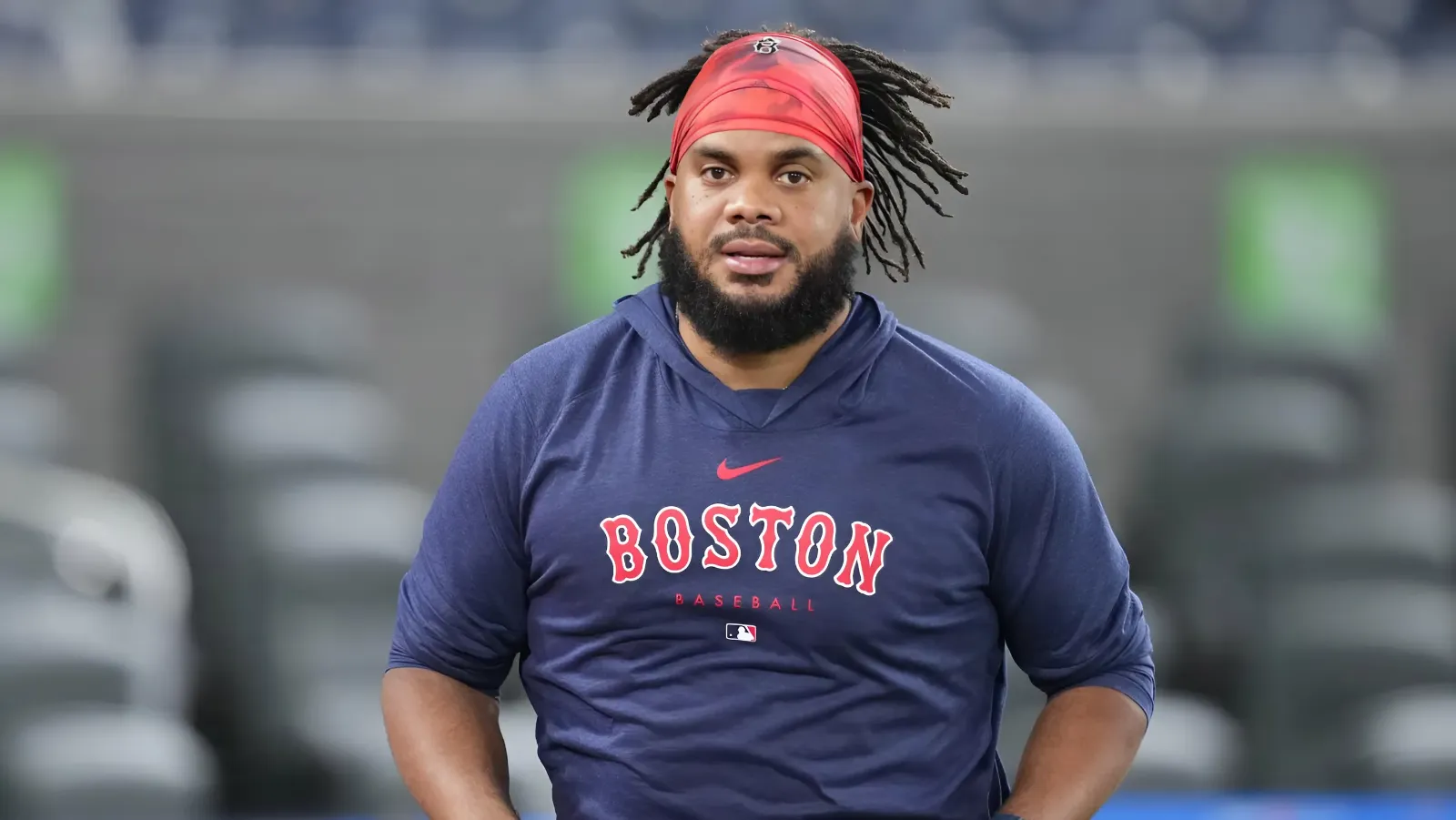After the season the San Francisco 49ers had in 2023, it is difficult to fathom how the New York Jets can beat them. Brock Purdy and Christian McCaffrey put up performances worthy of the MVP and Offensive Player of the Year, respectively, bookended by a defense that ranked fourth in DVOA. When examining the ways defenses managed to contain the 49ers, no clear pattern emerges.
Still, there is a game plan the Jets can use to upset San Francisco. It is certainly easier said than done, but it follows some of the elements the Jets are already good at — and the small chinks in the 49ers’ armor.
1. Win the turnover battle
The 49ers’ record (regular and postseason) when Brock Purdy started in 2023 was 14-5. When they lost the turnover battle, San Francisco was 0-3. When they won or tied it, they were 14-2. The three teams who won the turnover differential and defeated them were the Vikings (3-1), Ravens (5-0), and Bengals (3-1).
Of the 11 San Francisco turnovers in those games, opponents converted four touchdowns, one field goal, and two end-game kneel-downs. There were also two punts, a missed field goal, and a safety. That means opponents capitalized on the opportunity more often than not (excluding the kneel-downs).
This turnover trend starts with Purdy. In games where Purdy turned the ball over at least once, the 49ers were 4-4; the rest of the time, they were 10-1.
Both sides of the turnover equation will not be easy for the Jets to win. San Francisco tied for the sixth-fewest turnovers in the league with 18, and they tied for the fifth-most takeaways with 28. Their +10 turnover differential was tied for fifth.
Still, Purdy puts the ball in harm’s way somewhat more than the average quarterback. According to the FTN StatsHub, his 3.8% turnover-worthy throw rate ranked 21st out of 36 qualifiers. Of his 17 turnover-worthy throws, six came against Cover 4 or Cover 6 on just 59 combined pass attempts.
Since the Jets played Cover 4 or Cover 6 on 43.2% of their coverage snaps, there’s a chance Purdy will gift them a pick. Surprisingly, the Jets had 17 interceptions in 2023, tied for the eighth-most in the NFL. With their interceptions leader, Jordan Whitehead, no longer with the team, the Jets’ other defenders in the back seven must catch the ball(s) that may come their way.
The Jets had a major turnover issue in 2023, ranking 30th in the NFL with 33 giveaways. Quarterbacks were responsible for 23 (15 interceptions, 8 fumbles lost). Aaron Rodgers should be able to mitigate that, as he had 12 interceptions and 14 overall turnovers in 2022. Those were his worst totals since 2008, and yet, that’s already a decrease of at least nine turnovers.
Still, the Jets had another 10 non-quarterback fumbles lost. Fumbles were a problem across the team. Xavier Gipson was the worst culprit with five, but Garrett Wilson, Dalvin Cook, and Breece Hall contributed two apiece. Of course, it was bad luck that the Jets lost 10 of those 11 fumbles, but they must avoid putting it on the ground in the first place.
Avoiding turnovers on offense is easier than forcing turnovers on defense. That’s the first order of business the Jets must attend to. But after that, picking Purdy off if and when he does put it in harm’s way is a major goal.
2. Force scores the long way
Perhaps the best defensive game plan against an explosive offense is to force them to score the long way. Rather than allowing the 49ers to move downfield and score rapidly, the Jets must make them dink and dunk their way. Even if they end up scoring, long marches will reduce the number of drives San Francisco gets.
This is different from controlling time of possession. If anything, it can be the opposite. Even if the 49ers hold the ball, if they run the clock, they will have fewer cumulative scoring opportunities.
The best example of this approach is the 2007 Giants. In their final three playoff games, they played three of the four top offenses in the NFL, including the record-setting undefeated Patriots who had scored 36.8 points per game. In those games, they allowed a combined 51 points on defense — and that started with the fact that they allowed just seven explosive plays (passes of 20+ yards or runs of 15+ yards) in those three games.
To put that in context, in 2023, teams scored on an average of 62.3% of their drives with at least one explosive play and 37.9% with no explosive plays. Giving up an explosive play greatly increases the odds of scoring. Teams allowed an average of 4.3 explosive plays per game, but the Giants allowed only 2.3 per game. Meanwhile, in 2023, the 49ers had 109 explosive plays, or 6.4 per game, while the Jets allowed 61 explosive plays, or 3.6 per game.
Against an explosive offense, the goal is to minimize possessions, thereby keeping the game close. That’s exactly what the Giants did, particularly against the Cowboys and Patriots, who had only nine drives each in those two games. One of the ways to minimize possessions is by forcing the offense to go down to down rather than gaining big chunks.
The 49ers scored 2.89 points per drive in 2023, the best mark in the NFL. That translates to 34.7 points on 12 drives. But what if the Jets can get it down to 10 or even 9 drives? 28.9 points or 26.0 points just makes the game that much narrower.
The Jets also gave up just 1.59 points per drive in 2023, the fourth-best mark in the NFL. If you split the difference to 2.24 points per drive, decreasing the number of drives from 12 to 9 would lower the 49ers’ point total from 26.9 to 20.2.
The Jets’ defense is set up exactly this way. They play soft coverage and do not allow offenses to beat them over the top. However, San Francisco is a different animal with how they horizontally stretch a defense, making tackling vital (something the Jets notoriously struggle with).
Still, the Jets are generally content to allow teams to make their way downfield slowly, betting a mistake will eventually come. Perhaps the 49ers can overcome this, but in the long run, the Jets can usually manage a sack to put the offense behind the sticks.
That is still a tough ask against the 49ers with Purdy’s impressive 14.6% pressure-to-sack ratio (sixth-best among quarterbacks), but it is a gamble the Jets will take.
Keep it close
The purpose of this strategy is to keep the game close. If the Jets think they can go head-to-head with San Francisco, perhaps they shouldn’t change their approach at all and simply play their game. However, they’re underdogs for a reason. The 49ers’ offense has been unstoppable for long periods since Purdy took over as their quarterback. An attempt at a shootout could backfire.
That’s why I believe a more conservative, keep-away game plan makes sense even with Rodgers. If the Jets can keep this game to one score, they have an excellent chance to pull out the upset.
One shocking Purdy statistic showcases just how dominant San Francisco was last year. The 49ers had a pre-snap win probability of 75% or higher on 339 of his 489 dropbacks. That means the 49ers had at least a three-quarters chance of winning the game on 69.3% of Purdy’s dropbacks. No other quarterback was above 53.3%.
Purdy took advantage of those cushy circumstances. However, he struggled a bit more when his team was not in complete control. Here’s the difference between his numbers based on win probability (ranks among 35 quarterbacks with at least 225 season-long dropbacks).
- Pre-snap WP >= 75% (339 dropbacks): 25:4 TD:INT ratio, 124.9 passer rating (1st), 4.7% completion percentage over expected (CPOE, 8th), 10.0 yards per attempt (1st), 0.36 EPA/dropback (1st), 55.2% success rate (1st)
- Pre-snap WP < 75% (150 dropbacks): 6:7 TD:INT ratio, 85.3 passer rating (23rd), -3.1% CPOE (33rd), 8.8 YPA (1st), -0.04 EPA/dropback (18th), 52.7% success rate (2nd)
It’s not that Purdy was bad when his team wasn’t in control of the game. There is virtually no way to slice and dice the statistics to make him look bad. But he looks a lot more mortal when the game is close – especially in the turnover department.
Of course, Purdy had a large hand in placing himself in those situations with such a large win probability. He can take credit for a lot of it. But if the Jets play with this kind of conservative, keep-it-close mindset, they may be able to force Purdy into more mistakes.
3. Pound the rock
The other way to try to reduce possessions is to run the football. The 49ers may have the best running back in football, but the Jets have at worst the third-best. And Breece Hall has never had an offensive line like this one.
The 49ers’ run defense was not tested in 2023, facing the fewest rush attempts in the NFL (369). They generally blew teams out and saw exclusive passing situations at a high clip. However, their run defense had holes that didn’t necessarily show up in the box score stats.
San Francisco ranked 15th in run defense DVOA, one spot behind the Jets. That already indicates it’s a bigger weakness than their pass defense, which ranked fourth.
Additionally, looking at their front four, there is one above-average run defender and three bad ones. While Nick Bosa’s 81.9 Pro Football Focus run defense grade ranked 7th out of 79 qualified edge defenders (min. 160 snaps), Leonard Floyd’s 56.1 ranked 62nd. On the interior, Maliek Collins (45.6) and Javon Hargrave (49.0) were even worse. While the other levels of San Francisco’s defense were better against the run, that first-level weakness could give Hall a running start.
The 49ers tied for 25th in EPA per carry (-0.04) and 29th in success rate (43.4%) against the run. They also tied for 21st in breakaway run rate (the rate of carries that went for at least 15 yards). By all accounts, running on them should be feasible.
That being said, the expected yards per carry against the 49ers’ defense were 4.5, but they allowed only 4.1 YPC. That may indicate their back seven did a good job of rallying to the ball.
Furthermore, the teams that beat San Francisco in 2023 had mixed results on the ground. Cleveland ran 34 times for 160 yards (4.7 YPC) and a touchdown, including three designed breakaways. Cincinnati had 27 rushes for 134 yards (5.0 YPC) with one designed breakaway. However, Baltimore ran 26 times for 104 yards (3.9 YPC) and one score, and Minnesota managed just 21 carries for 74 yards (3.5 YPC).
It’s not the only way to beat San Francisco. Still, running the ball frequently and well should take a lot of pressure off Aaron Rodgers and the Jets’ defense.





